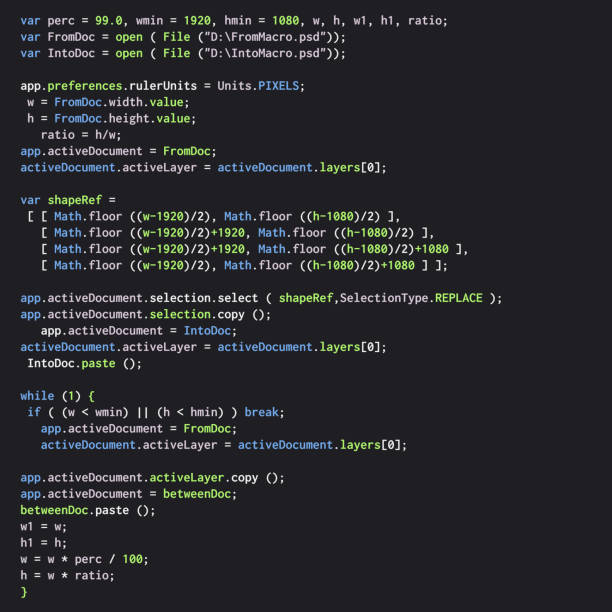Introduction
In the world of data communication, ensuring the reliable delivery of information from one point to another is of paramount importance. To achieve this, various techniques and protocols have been developed over the years. One of the most fundamental approaches to ensuring data reliability is through the use of Automatic Repeat request (ARQ) protocols. Two popular ARQ protocols are ‘Stop-and-Wait ARQ‘ and ‘Go-Back-N ARQ‘. In this blog, we will delve deep into these ARQ protocols, exploring their functioning, advantages, and use cases. By the end, you will have a solid understanding of how these protocols work to ensure the successful transmission of data.
Stop-and-Wait ARQ: A Brief Overview
Before we dive into the specifics of Go-Back-N ARQ, it’s essential to understand its predecessor, the Stop-and-Wait ARQ protocol. Stop-and-wait ARQ is a simple method for achieving reliable data transmission. It operates as follows:
1. Data Transmission: The sender sends a packet of data to the receiver.
2. Acknowledgment: The receiver receives the data packet and sends an acknowledgment (ACK) back to the sender to confirm successful reception. If the receiver detects errors or doesn’t receive the packet correctly, it sends a negative acknowledgment (NACK) or simply ignores the packet.
3. Timeout Mechanism: If the sender does not receive an ACK within a specified time (timeout), it assumes the packet was lost or corrupted and retransmits the same packet.
4. Flow Control: To avoid overloading the receiver, the sender only sends the next packet after receiving an ACK for the previous one.
While Stop-and-Wait ARQ is easy to implement and understand, it has certain limitations. It’s not very efficient, especially for long-distance or high-latency connections, as it waits for an acknowledgment before sending the next packet. This inefficiency led to the development of Go-Back-N ARQ, which aims to improve the overall reliability and efficiency of data transmission.
Go-Back-N ARQ: The Evolution of Reliability
Go-Back-N ARQ is a more advanced and efficient ARQ protocol compared to Stop-and-Wait ARQ. The “Go-Back-N” in its name suggests that the sender can send multiple data packets before receiving acknowledgments. This approach significantly enhances data transmission efficiency. Now, let’s delve deeper into the functioning of Go-Back-N ARQ.
How Go-Back-N ARQ Works
1. Window Size: In Go-Back-N ARQ, the sender and receiver agree upon a “window size.” The window size defines the maximum number of unacknowledged packets that the sender can transmit before waiting for acknowledgments. This feature allows the sender to have multiple packets “in-flight” simultaneously.
2. Packet Transmission: The sender starts by sending a sequence of data packets within the agreed-upon window size. These packets are numbered sequentially, making it easier to keep track of them.
3. Acknowledgments: The receiver, upon receiving a packet correctly, sends an ACK for that specific packet. However, if the receiver detects an error or experiences packet loss, it discards the erroneous packet and all subsequent packets in the window.
4. Selective Retransmission: Here’s where the “Go-Back” part comes into play. When the sender detects that one or more packets in the window were lost or corrupted (due to a timeout or receiving NACKs), it retransmits not just the lost packet but all the packets from that point onward in the sequence.
5. Flow Control: Similar to Stop-and-Wait ARQ, Go-Back-N ARQ enforces flow control to prevent overwhelming the receiver. The sender waits for acknowledgments for the packets it has sent before sending new packets.
Advantages of Go-Back-N ARQ
Now, let’s explore some of the key advantages of Go-Back-N ARQ in comparison to Stop-and-Wait ARQ:
1. Higher Throughput: The ability to have multiple packets in flight simultaneously means that Go-Back-N ARQ can achieve significantly higher throughput compared to Stop-and-Wait ARQ. This is especially beneficial in situations where low-latency communication is crucial.
2. Efficient Utilization of Bandwidth: Go-Back-N ARQ makes more efficient use of available bandwidth since it minimizes idle time between packet transmissions. This leads to a reduction in data transfer delays.
3. Robustness: The protocol’s ability to retransmit multiple packets upon detecting errors makes it more robust in the face of packet loss or corruption. It can recover from bursts of errors more effectively.
4. Simplified Error Handling: The “Go-Back” nature of the protocol simplifies error handling. The sender doesn’t need to keep track of individual acknowledgments for each packet; it can simply retransmit the entire window.
5. Suitable for Noisy Channels: In scenarios where the communication channel is prone to noise and occasional errors, Go-Back-N ARQ can provide reliable data transmission by retransmitting only the necessary packets.
Use Cases for Go-Back-N ARQ
Go-Back-N ARQ is a versatile protocol that finds applications in various domains. Here are a few use cases where it shines:
1. Wireless Communication:
In wireless communication, signal interference and fluctuations are common. Go-Back-N ARQ helps maintain data integrity by quickly retransmitting lost or corrupted packets. This is crucial in scenarios like Wi-Fi or mobile data networks.
2. Satellite Communication:
Satellite communication involves high-latency connections due to the long distances signals must travel. Go-Back-N ARQ‘s ability to have multiple packets in flight at once ensures efficient use of the available bandwidth and better utilization of these high-latency connections.
3. Ethernet Networks:
Ethernet networks often rely on Go-Back-N ARQ for data transmission. It helps manage packet loss and errors in the transmission process efficiently.
Challenges and Limitations
While Go-Back-N ARQ offers numerous advantages, it is not without its challenges and limitations. Here are a few to consider:
1. Buffer Size: The sender needs to maintain a buffer to store unacknowledged packets. This buffer can grow significantly if there are long delays in receiving acknowledgments, potentially leading to resource constraints.
2. Sequence Number Limitations: The protocol relies on sequence numbers, which can wrap around after a certain point. This can lead to confusion if acknowledgments arrive out of order.
3. Efficiency Concerns: In cases where the channel is relatively stable and errors are infrequent, Go-Back-N ARQ may be less efficient due to unnecessary retransmissions.
4. Complexity: Implementing Go-Back-N ARQ can be more complex than Stop-and-Wait ARQ, particularly when dealing with large window sizes.
5. Flow Control Bottlenecks: The sender’s transmission rate is heavily dependent on the receiver’s acknowledgment rate. If acknowledgments are delayed or lost, it can impact overall system efficiency.
Conclusion
In the world of data transmission and communication, ensuring reliability is a top priority. Two fundamental Automatic Repeat request (ARQ) protocols, ‘Stop-and-Wait ARQ‘ and ‘Go-Back-N ARQ,’ play a crucial role in achieving





